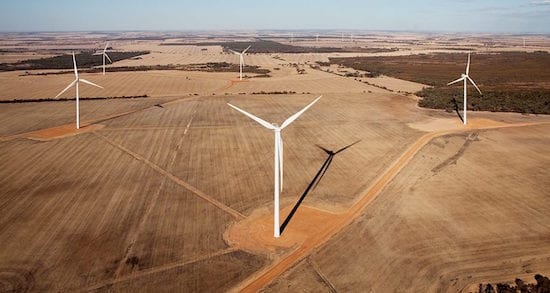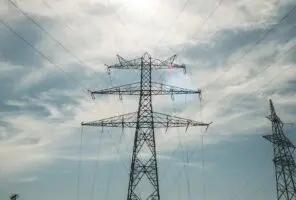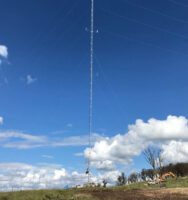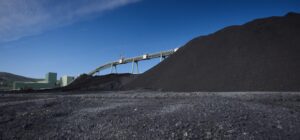Super fund Rest is putting $1 billion into renewables projects and green data centres, as it joins the wave of superannuation money heading into green energy.
The $75 billion super fund is investing with Quinbrook Infrastructure Partners in order to access the clean energy infrastructure manager’s portfolio of solar and battery projects and green data storage centres, including Quinbrook’s Supernode green data campus in Brisbane – believed to be the largest in the southern hemisphere.
The $1 billion investment is being divided between Quinbrook’s Net Zero Power Fund and as commitments to co-invest into US and Australian projects alongside Quinbrook.
A key focus for Rest is access to green data centres, as a play on sustainable digitalisation.
“In a world increasingly reliant on data, and through the global growth in cloud-based technologies and AI, data centres have become big business and demand for this critical infrastructure is expected to accelerate,” says Rest CIO Andrew Lill.
“Repositories for the storage, management and dissemination of data require significant investments and huge amounts of energy.”
Rest has a 2050 target for becoming net zero and represents more than one million people who will retire after that date. The fund has just over 1.9 million members in total.
The pressure created by younger people, combined with climate change mitigation and the energy transition are creating investment opportunities for the fund, Lill says.
Rest already has investments with Collgar Renewables and Octopus investments.
“This investment [in Quinbrook] is expected to help our members grow their super while contributing to a more sustainable future,” he says.
“This is another example of how we use our knowledge and experience as a direct investor in renewable energy infrastructure to identify opportunities that provide greater scale to the portfolio, supporting our continued commitment to delivering strong long-term returns to members.”
In September, Rest invested $50 million into Octopus’ latest $250 million round for its flagship renewable energy fund Oasis, which invests in assets across wind, solar and storage from development through to operation.
Also that month, Lill said the fund wanted to invest $2 billion in renewables and low carbon assets by 2025 and by 2030 achieve net-zero emissions from its property holdings. It also wants 1 per cent of its funds under management to be in impact investments within five years.
Super funds like Rest are walking a tightrope of trying to balance member concerns and member investments, in a country where a main source of returns is from the mining sector.
It has already faced and settled a lawsuit from one of its members in 2020, which claimed REST had breached its obligations to protect his retirement savings from the financial devastation that will flow from climate change.
Rest agreed to align its portfolio with net zero goals.
It bought the 222 megawatt (MW) Collgar wind farm in Western Australia in 2019, but since the lawsuit the Octopus and Quinbrook investments are the fund’s first publicised return to the world of renewable energy.
It’s a favoured sector for super funds. Hospitality fund Hesta is an active investor in renewables and green hydrogen, while Aware Super is investing $2 billion into projects managed by Birdwood Energy.
But with the scale of green investment required to transition the world off fossil fuels numbering at an estimated US$4.3 trillion a year, it means super funds and other big investors must be on board.










